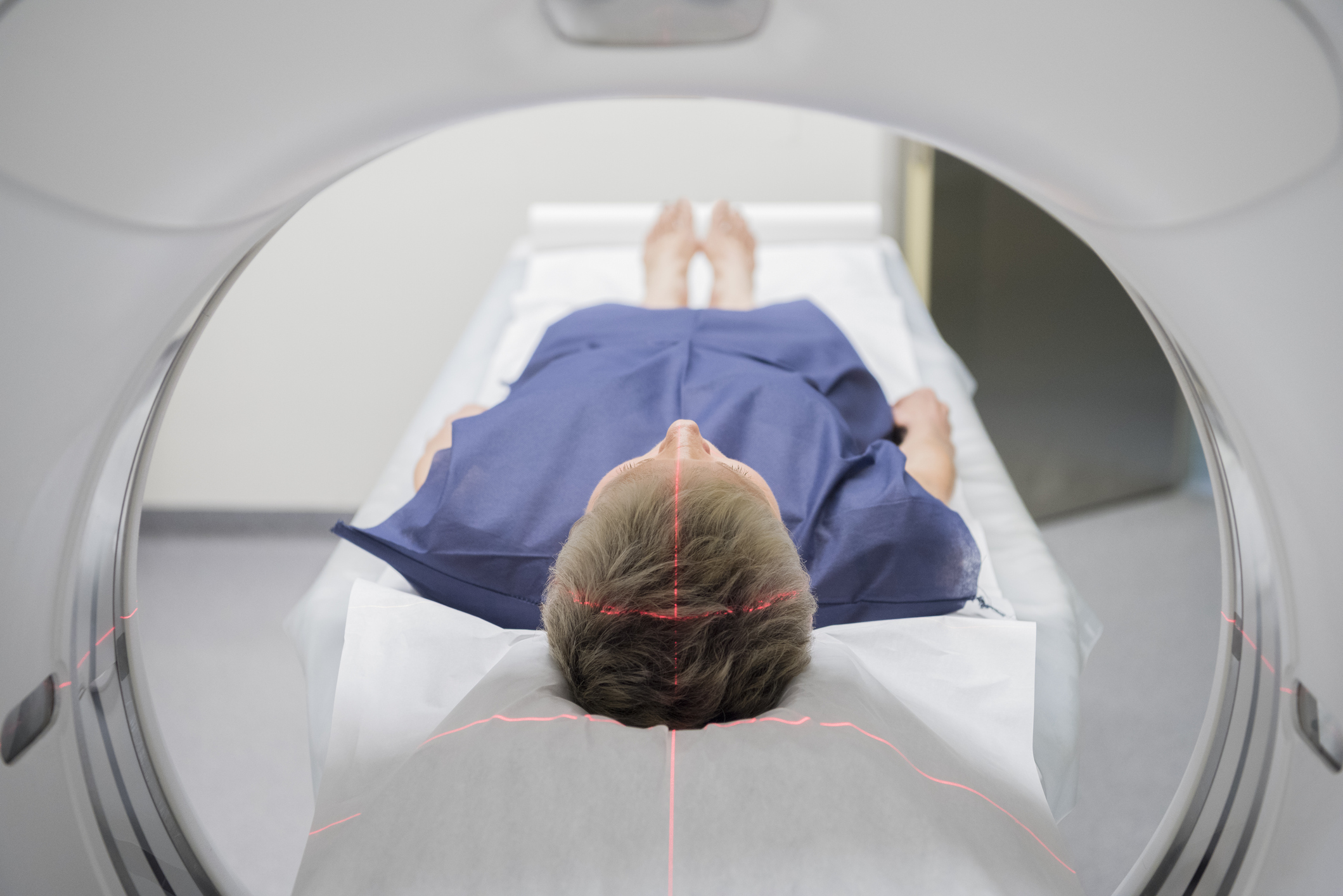Treatment for thoracic outlet syndrome (TOS) is specific to each patient. Expert diagnosis is crucial to determine whether blood vessels or nerves are being compressed and which muscles or bones are involved in the compression.
Treatment usually begins with conservative measures and may be followed by injections or thoracic outlet syndrome surgery if conservative treatments don’t bring permanent relief.
What Is Thoracic Outlet Syndrome?
Thoracic outlet syndrome is a group of disorders caused by the compression of specific nerves or blood vessels.
The thoracic outlet is the ring firmed just below the collarbone by the top ribs. TOS occurs when the neck, collarbone or rib muscles compact the blood vessels at the top of the outlet.
The different types of thoracic outlet syndrome include:
- Arterial TOS is caused by the compression of an artery.
- Venous TOS is the result of vein compression, leading to upper body thrombosis.
- Neurogenic TOS occurs when the nerves leading from the neck to the arm are compressed. This is the most common form of TOS.
The arterial and venous syndromes are known together as vascular thoracic outlet syndrome.
TOS Symptoms
TOS symptoms encompass the following:
|
|
|
|
Causes and Risk Factors
The cause of the compression of blood vessels and nerves in the thoracic outlet can vary and may include:
- Pregnancy: Signs of TOS may first appear when you’re pregnant because it is common for joints to loosen during pregnancy.
- Joint pressure: Carrying around oversized items and obesity can put an undue amount of stress on the joints.
- Repetitive activity: Repeating the same tasks over extended periods can cause wear on your body’s tissues. If your job requires you to repeat a movement continuously, such as lifting objects above your head or typing on a computer, you may notice symptoms of TOS. Athletes — especially swimmers and pitchers — can develop thoracic outlet syndrome after years of repeating the same movements.
- Trauma: A car accident or other traumatic event can lead to internal changes that cause the nerves in the thoracic outlet to compress.
- Poor posture: Holding your head in a forward position or drooping your shoulders can cause compression in the thoracic outlet.
- Anatomical defects: These defects are inherited and present at birth. Anatomical defects can include an abnormally tight fibrous band connecting your rib to your spine or an extra rib located above the first rib.
Risk factors that seem to increase the risk of TOS include sex and age. Females are more likely to be diagnosed with TOS than are males, and the syndrome is more common in young adults between the ages of 20 and 40.
How Is Thoracic Outlet Syndrome Diagnosed?
If you think you may have thoracic outlet syndrome, you need to seek the help of a medical professional, as they can distinguish between the different types of TOS and rule out other conditions.
A professional will rule out nerve-related conditions such as cervical spine disease, cubital tunnel syndrome, carpal tunnel syndrome or other nerve entrapment types, all of which have similar symptoms. A physician will use tests like magnetic resonance imaging (MRI) of the cervical spine or nerve conduction studies to rule these out.
While physicians often choose MRIs, they may also select computed tomography (CT) imaging for thoracic outlet syndrome testing. To make the diagnosis of TOS at imaging, physicians need evidence of vascular damage.
Thoracic outlet syndrome diagnosis begins with most or all of the following:
- Physical movements to provoke symptoms
- Complete review of symptoms
- Medical history
Tests that aid in the diagnosis of TOS include a chest X-ray, arterial doppler upper extremity and duplex ultrasound. Medical professionals often use a brachial plexus block if they suspect neurogenic TOS.
TOS Treatments
Thoracic outlet syndrome refers to a group of disorders, all of which call for different treatments.
Treatment for Arterial Thoracic Outlet Syndrome
Arterial TOS generally requires surgical intervention. Surgery may involve removing the first rib, the cervical rib if present and both the scalene muscles in the neck.
Other treatments include:
- Reconstruction to replace the artery if it contains a clot or has an aneurysm.
- Medication such as blood thinners to treat clots.
Treatment for Venous Thoracic Outlet Syndrome
Venous TOS usually requires surgery. This may involve removing the first rib and the subclavius and scalene muscles. Vein treatment is also needed, as blood clots often form around the damaged inner surface of the compressed vein. Treatments include:
- Post-rib resection venogram: This checks for any remaining damage to the vein. If necessary, the vein can usually be treated with balloon angioplasty, where a balloon expands the narrowed vein. This treatment usually happens two or three weeks after TOS surgery.
- Thrombolysis: This procedure is usually completed before TOS surgery to remove a clot from the vein.
- Medication: Medication usually includes blood thinners to treat clots.
Treatment for Neurogenic Thoracic Outlet Syndrome
While physical therapy is generally the first treatment for neurogenic thoracic outlet syndrome, botulinum toxin injections are sometimes needed when physical therapy doesn’t completely relieve symptoms.
If symptoms persist after injections and physical therapy, surgery may be recommended. Surgery can involve removing the cervical or first rib and cutting small neck muscles — the middle and anterior scalene. We also normally perform nerve, artery, and vein lysis during the surgical release of the TOS.
Bilateral Treatment
Thoracic outlet syndrome can be bilateral, meaning it occurs on both sides. Individuals who are diagnosed with TOS on one side should have the other side checked.


Choose Premier Vascular Center of Maryland for Your Care
For over three decades, the doctors associated with Premier Vascular Center of Maryland have been committed to providing a top level of medical care to the Baltimore community.
We are a leader in vascular care and surgery, so you can rest assured you’ll find world-class expertise and a complete range of technology.
If you’re experiencing symptoms associated with TOS or suspect you need thoracic outlet syndrome treatment, we invite you to contact us online to schedule your consultation today.


